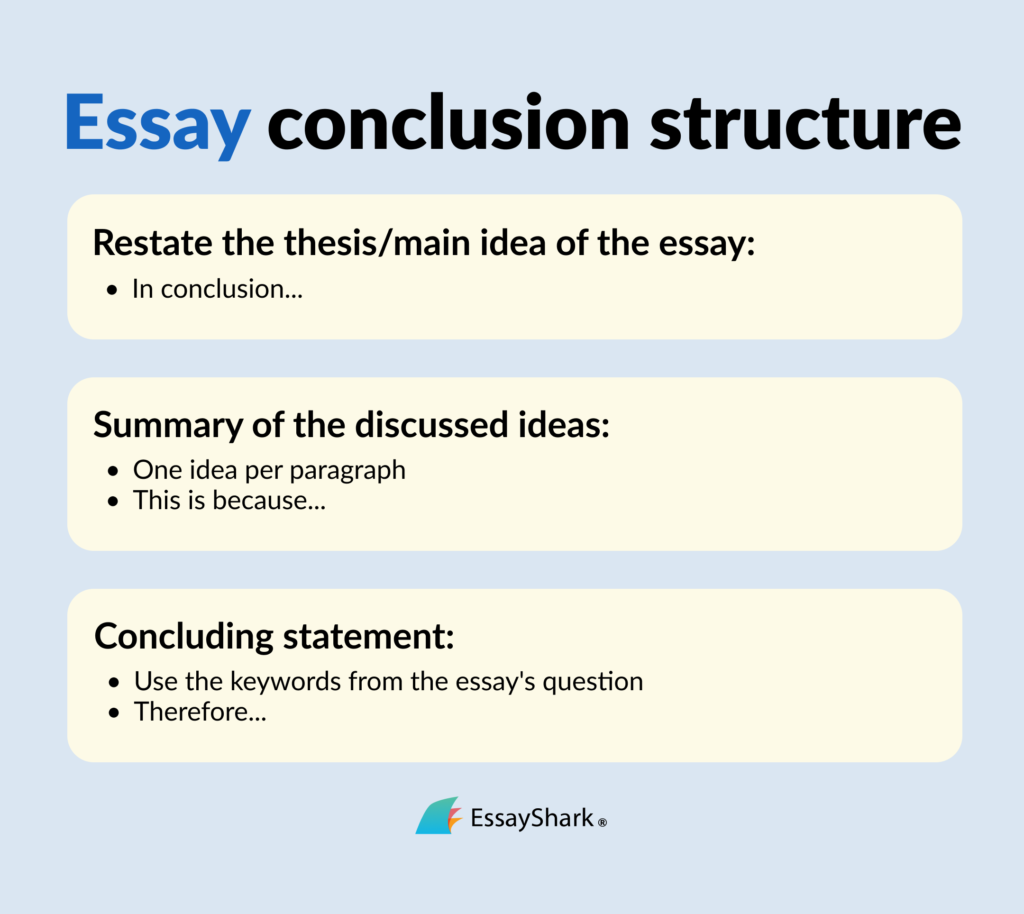Introduction
Writing a conclusion can be challenging, but it’s a crucial part of any essay, article, or report. A well-crafted conclusion not only summarizes the main points but also reinforces the purpose of the piece, leaving a lasting impression on the reader. Here’s a step-by-step guide to help you write an effective conclusion.
1. Restate the Thesis
Begin your conclusion by restating your thesis statement or the main idea of your writing. This doesn’t mean copying it verbatim from the introduction; instead, rephrase it to show how it has been developed throughout the piece. This helps remind the reader of the core message and ties everything together.
Example:
- Original Thesis: “Technology has revolutionized education by providing more accessible learning resources.”
- Restated: “The revolution in education through technology has undeniably enhanced accessibility to learning resources.”

2. Summarize Key Points
After restating your thesis, briefly summarize the main points you discussed in the body of the text. This recap should be concise and only highlight the most critical arguments or findings. Avoid introducing new information in the conclusion, as this can confuse the reader and detract from your main points.
Example: “Throughout this essay, we explored the significant role of technology in enhancing education, including online learning platforms, digital textbooks, and interactive learning tools.”
3. Offer Insight or Reflection
A conclusion is an excellent place to offer your final thoughts or reflections on the topic. You can share the broader implications of your findings, the importance of the topic, or a call to action if appropriate. This helps to provide closure and encourages the reader to think more deeply about the subject.
Example: “As technology continues to evolve, its impact on education will only grow, making it essential for educators and institutions to adapt and embrace these changes.”
4. End with a Strong Closing Sentence
Your final sentence should leave a lasting impression on the reader. It should reinforce your main message and provide a sense of closure. Depending on the tone and purpose of your writing, this could be a thought-provoking statement, a question, or a call to action.
Example: “The future of education is digital, and those who embrace this change will be at the forefront of a new era of learning.”

5. Avoid Common Pitfalls
- Don’t Introduce New Ideas: Your conclusion should only summarize and reflect on what has already been discussed.
- Avoid Overly Complex Language: Keep your language clear and straightforward to ensure your message is easily understood.
- Don’t Rush It: Take your time crafting a conclusion that feels complete and satisfying. A rushed ending can undermine the quality of your entire piece.
Final Thoughts
Writing a conclusion requires careful consideration of your thesis, key points, and the overall message you want to leave with your reader. By following these steps, you can create a conclusion that effectively wraps up your writing, reinforces your main arguments, and leaves a lasting impact. Whether you’re writing an essay, a report, or a blog post, a strong conclusion is essential to ensuring your work is both memorable and impactful.





